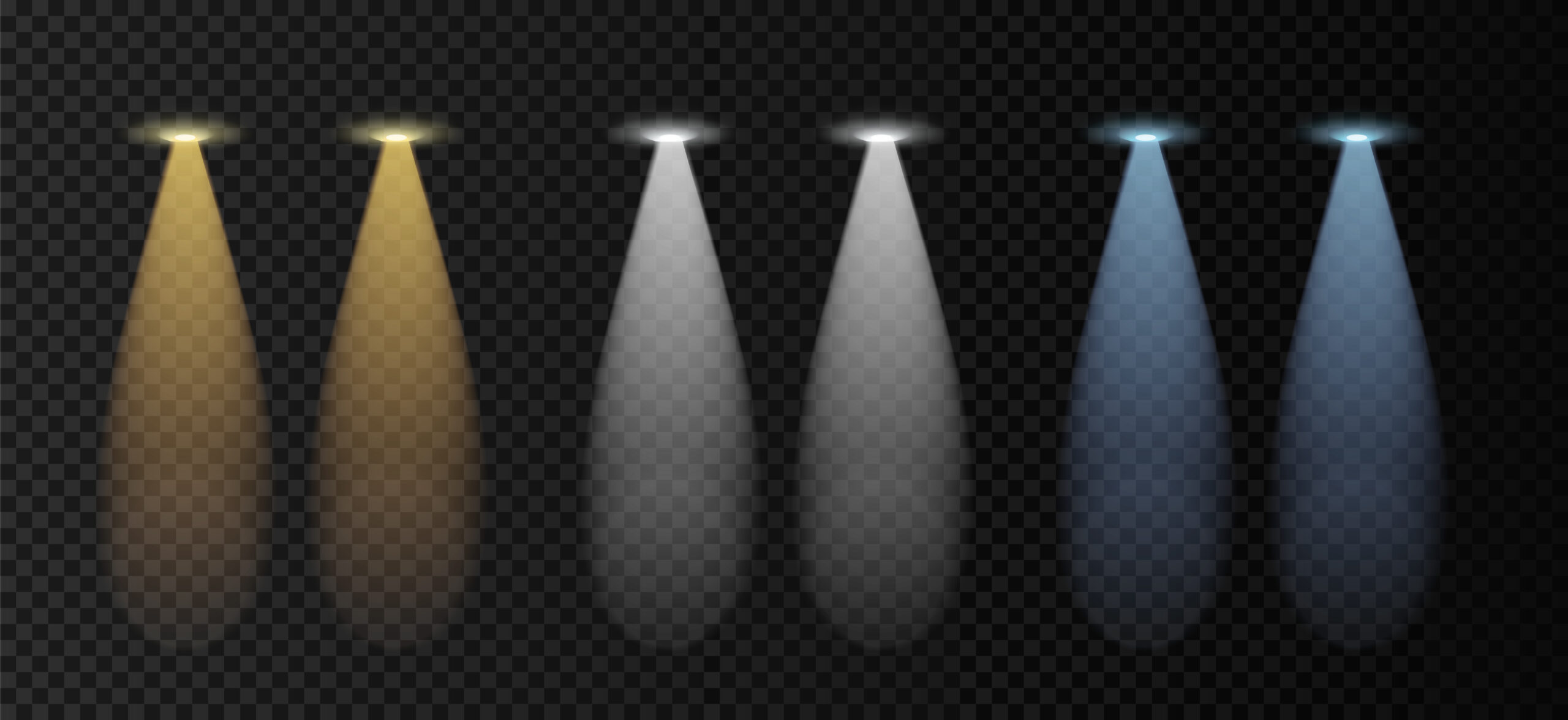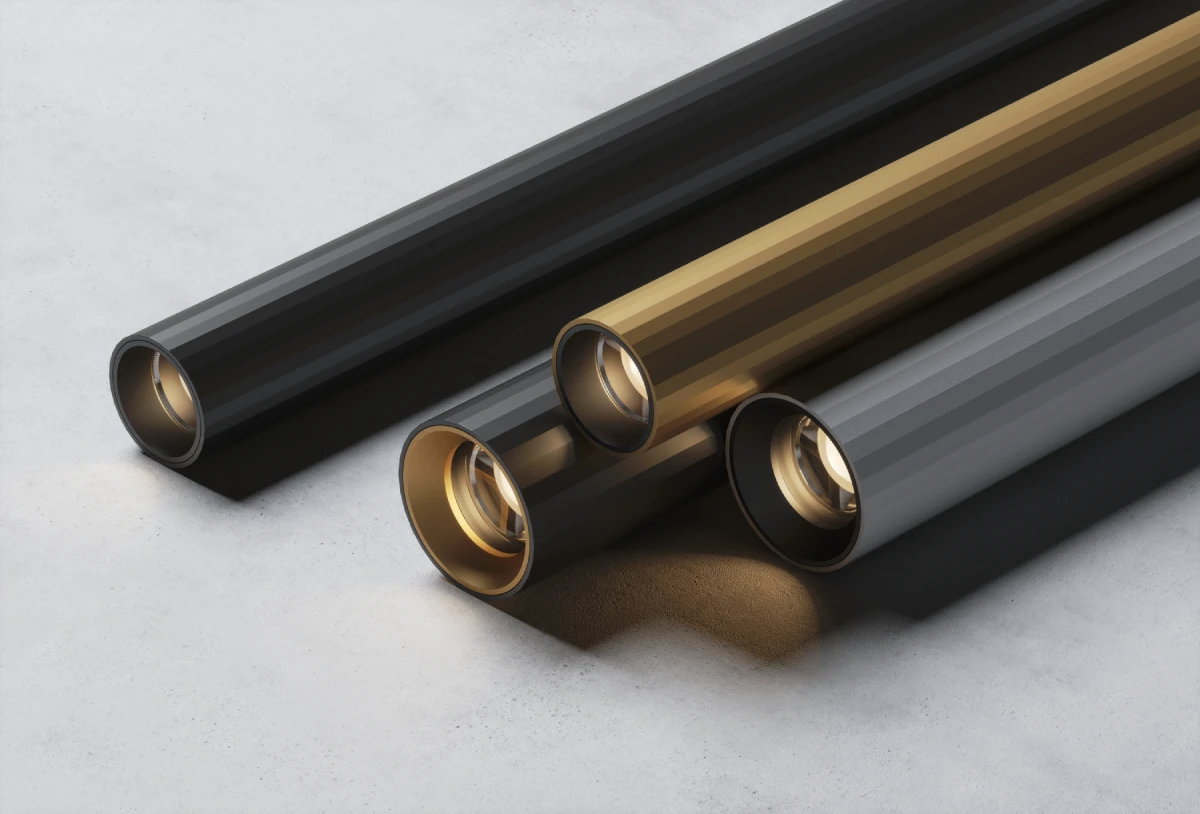
Understanding Lighting Beam Angle: A Complete Guide
What is a Lighting Beam Angle?
A lighting beam angle determines how light is distributed from a source, impacting the intensity and spread of illumination. Measured in degrees, the beam angle helps define whether light is concentrated in a narrow area or dispersed over a wider space. Choosing the right beam angle is essential for achieving optimal lighting in residential, commercial, and industrial settings.
Types of Lighting Beam Angles Explained
Beam angles generally fall into two main categories: narrow beam angles and wide beam angles. Each serves a distinct purpose and offers unique benefits depending on the lighting requirements.
Narrow Beam Angles for Focused Lighting (10°- 15° – 24°)
A narrow beam angle is typically below 30°, resulting in a focused and intense light output. These beams are ideal for highlighting specific areas or objects.
- Residential Use: Narrow beam angles are often used to emphasize particular features in a home, such as artwork, statues, or plants. They can also function as outdoor wall washers to create striking visual effects.
- Commercial Use: In commercial settings, narrow beam lights are perfect for accentuating products in retail stores, jewelry displays, restaurant tables, and artwork in galleries. Their high-intensity lighting enhances visibility and creates an elegant ambiance.
Wide Beam Angles for General Illumination (36° – 55° – 120°)
A wide beam angle exceeds 30°, offering a more dispersed light spread that covers larger areas. This type of lighting is excellent for general illumination.
- Residential Use: Wide beam angles provide balanced lighting for various home spaces, including kitchens, bathrooms, and dressing rooms. They ensure even light distribution, reducing shadows and enhancing visibility.
- Commercial Use: In commercial and industrial environments, wide beam lights are crucial for workplaces like warehouses, factories, offices, and street lighting. Their ability to cover large areas makes them a practical choice for general lighting solutions.
How to Choose the Right Lighting Beam Angle?
Selecting the right beam angle depends on several factors, including the purpose of lighting, ceiling height, and the desired ambiance. Here are a few tips:
- For task lighting and accent lighting, opt for a narrow beam angle (10°-24°) to highlight details.
- For general lighting and ambient lighting, choose a wide beam (36°-120°) to ensure adequate coverage.
- Consider ceiling height—higher ceilings benefit from wider beam angles to distribute light effectively.
Conclusion: Why Understanding Lighting Beam Angles Matters
Understanding lighting beam angles is essential for optimizing illumination in any space. Whether you’re enhancing home aesthetics, improving workplace efficiency, or creating a captivating retail experience, selecting the appropriate beam angle ensures the best lighting outcome. Explore a variety of beam angles at Aurora Luce to find the perfect lighting solution for your needs.
